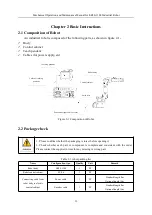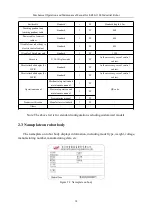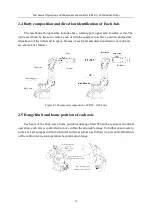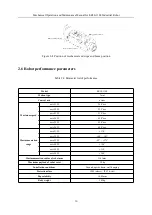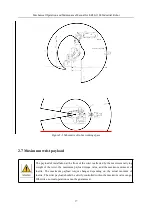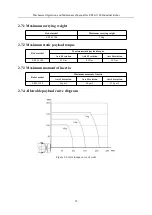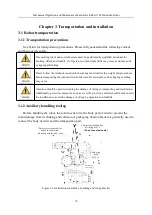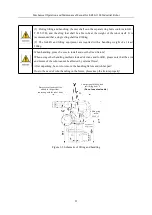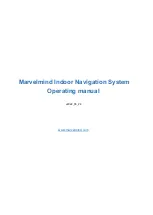
Mechanical Operation and Maintenance Manual for ER20-1100 Industrial Robot
6
damaged.
6). Disassembling parts and work not involved in this manual are forbidden.
The robot is equipped with self-diagnostic and other abnormality detection function, so it
can stop safely in case of abnormality. However, accidents may still occur sometimes.
Common accidents are listed below:
1
、
Automatic operation is being performed without confirming whether anyone is within
the robot’ s motion range.
2
、
The robot makes sudden movements when the operator is within the motion range in
automatic mode.
3
、
Attention is not paid to other robots but the one in the front.
Reasons, such as ignorance of safety operation procedures, no awareness of robot’s
sudden movement, lead to above accidents. In other words, accidents are caused by insecure
human-made actions, such as temporary ignorance, failure to comply with the prescribed
steps.
Operators have little time to perform emergency stops, evacuate, or other actions to
avoid serious accidents in emergency situations, as shown below.
1). Low-speed movement suddenly changes to high-speed movement.
2). Other operators performed the operation.
3). Abnormality and program errors caused by peripheral equipment start different
programs.
4). Noise, fault, and other defects lead to abnormal movements.
5). Misoperation.
6). High-speed movement is performed instead of automatic low-speed movement.
7). The work pieces transported by the robot fall and scatter.
8). Workpieces in clamping or interlocking state suddenly lose control.
9). Neighboring robots or robots at the back perform action.
The above are some of the typical examples excluding many other emergency situations.
In most cases, the robot making sudden movements cannot be stopped and the operator cannot
evacuate. Therefore, optimal countermeasures should be implemented to avoid such
accidents.

















